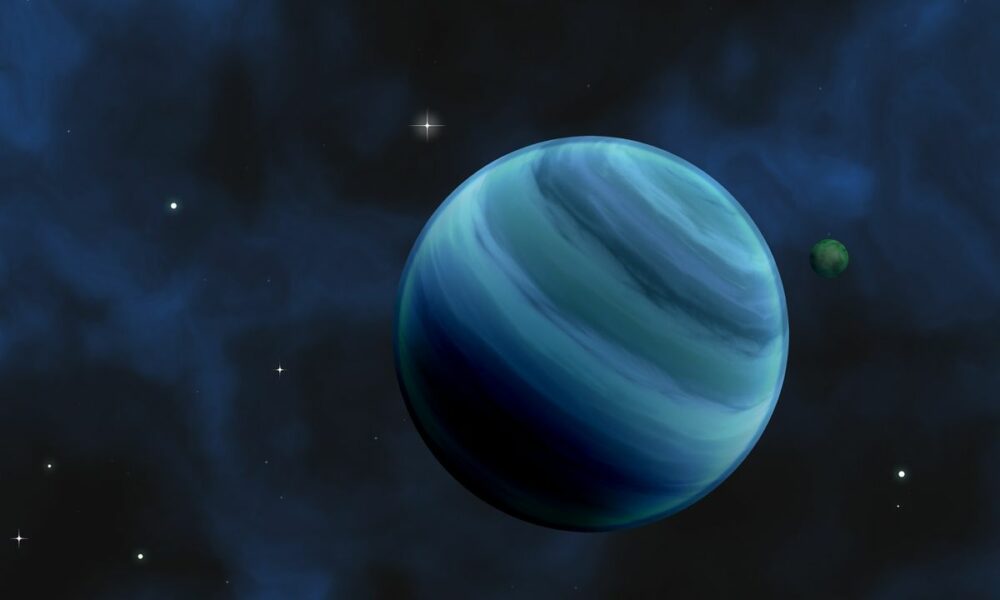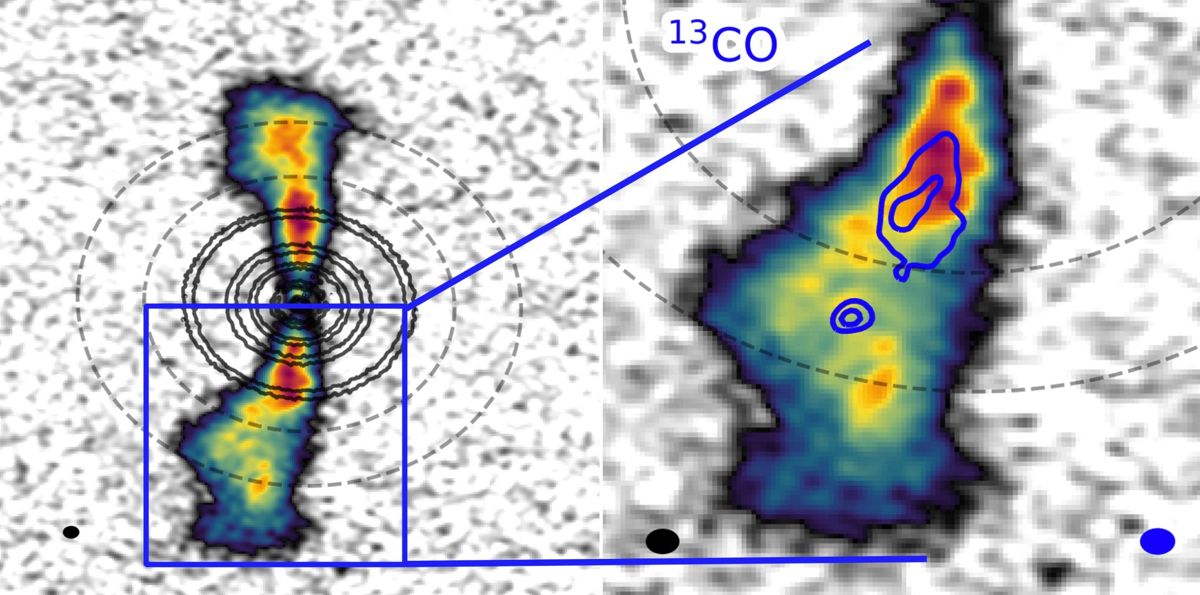
A group of astronomers has achieved with the Atacama Large Millimeter/submillimeter Array (ALMA) the first detection of gas in a circumplanetary diskwhich together with its location has suggested the existence of the youngest exoplanet discovered so far by humanity.
Before we get into the details, circumplanetary disks are an accumulation of gas, dust, and debris around young planets. Analysis of such disks may shed light on the formation of our own Solar System and even such things as Jupiter’s Galilean moons, which scientists estimate formed from a circumplanetary disk 4.5 billion years ago.
The young exoplanet orbits the star AS 209, which is within our Milky Way galaxy at a distance of 395 light-years from Earth and is located in the constellation Ophiuchus.. The astronomers observed a patch of light emitted amid empty space in the gas surrounding the star, leading to the detection of a circumplanetary disk surrounding what points to a potential planet of similar mass to Jupiter. .
Astronomers have been looking at both the planet’s distance from its star and the age of the star itself. In the first they have calculated a distance of 200 astronomical units, which would be 200 times the distance between the Earth and the Sun (149,597,870 kilometers multiplied by 200), while in the second it has been estimated that AS 209 is only 1.6 million years old.. If this data is true, we would be facing the youngest exoplanet discovered so far.
For now, it is prudent to take the data published by astronomers with tweezers because there are many things to check. The confirmation of the findings requires further investigation and it is expected that the James Webb Space Telescope will contribute to doing the same with the existence of the exoplanet, since the existence of AS 209 is more than confirmed.
As a curious fact, the discovery around AS 209 is the third confirmed detection of a circumplanetary disk. Astronomers have long suspected its presence, but were unable to confirm its existence until 2019 thanks to the use of ALMA, a 66-radio telescope astronomical interferometer located in the Atacama Desert in northern Chile.
Cover image: Pixabay.




